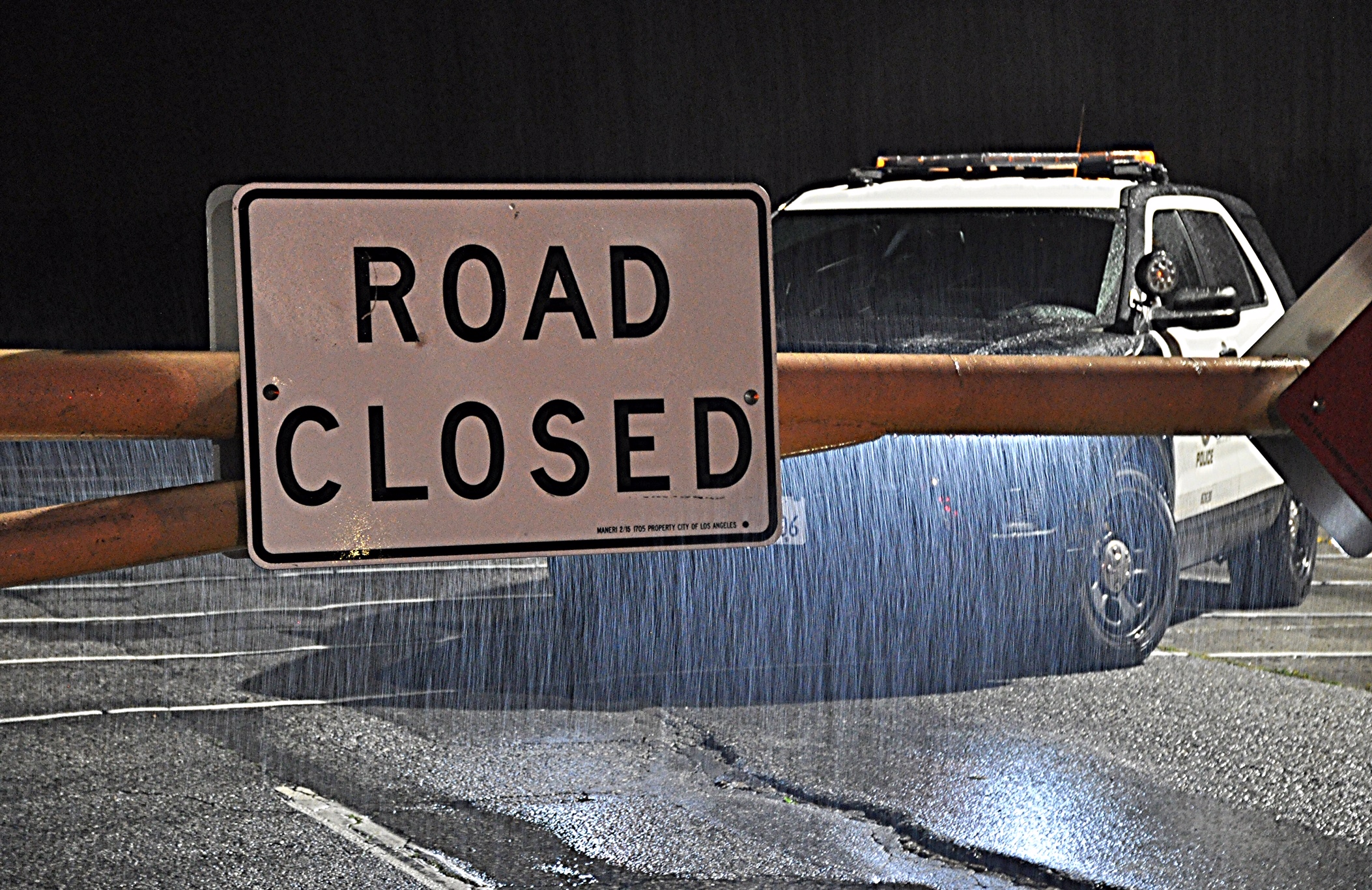

He’s been spearheading a multiyear effort to develop a five-category scale for diagnosing the strength of atmospheric rivers so that water managers, emergency personnel, and the general public can quickly get a grasp on just how destructive (or beneficial) the next storm will be.īut strength alone doesn’t predict how dangerous a storm will be. Marty Ralph, a research meteorologist at UC San Diego’s Scripps Institution of Oceanography and director of its Center for Western Weather and Water Extremes. But the rain cloud symbol doesn’t really describe if it’s going to be a few showers or one of these more unusually substantial storms,” says F. “Your typical weather forecast displays a symbol-a sun for sunny days, a cloud for cloudy days.

As that balancing act gets even tougher for the region’s water managers, some scientists are making a push to put a number on those differences, in the same way you would a tornado or a hurricane.
#California rain full#
But it’s only been in the last decade or so that scientists have learned enough about this type of weather system to tell the difference between beneficial, run-of-the-mill storms that keep water reserves full and disastrous storms that overwhelm dams, levees, and reservoirs, like the one that pummeled California this week.

Most of those multiday deluges are the product of atmospheric rivers, high-altitude streams of air that originate near the equator and are packed with water vapor. The phenomenon itself isn’t a new one: For a long time it’s been pretty normal for California to receive most of its yearly precipitation in just a few big storms.


 0 kommentar(er)
0 kommentar(er)
